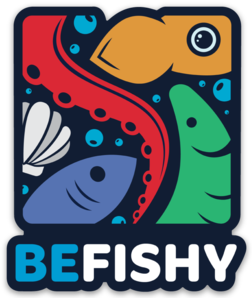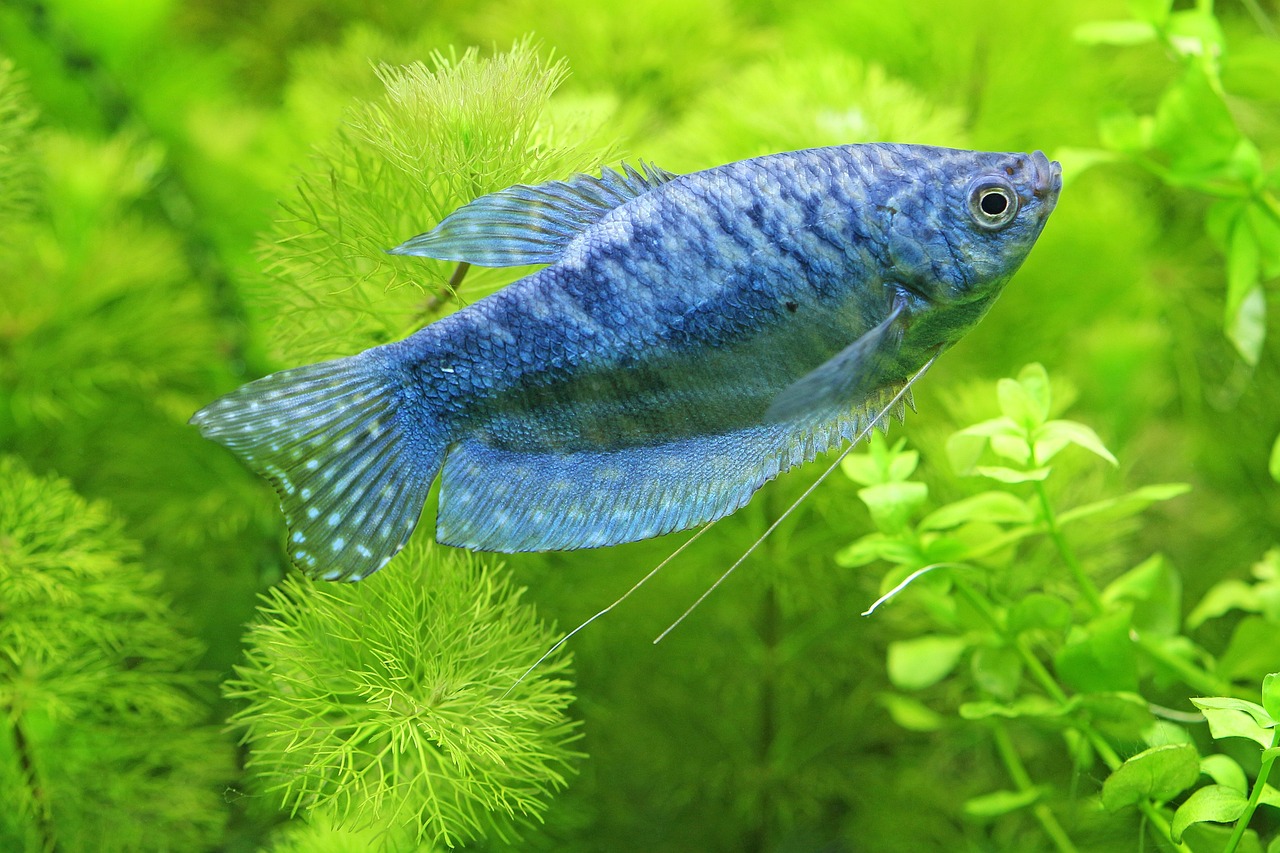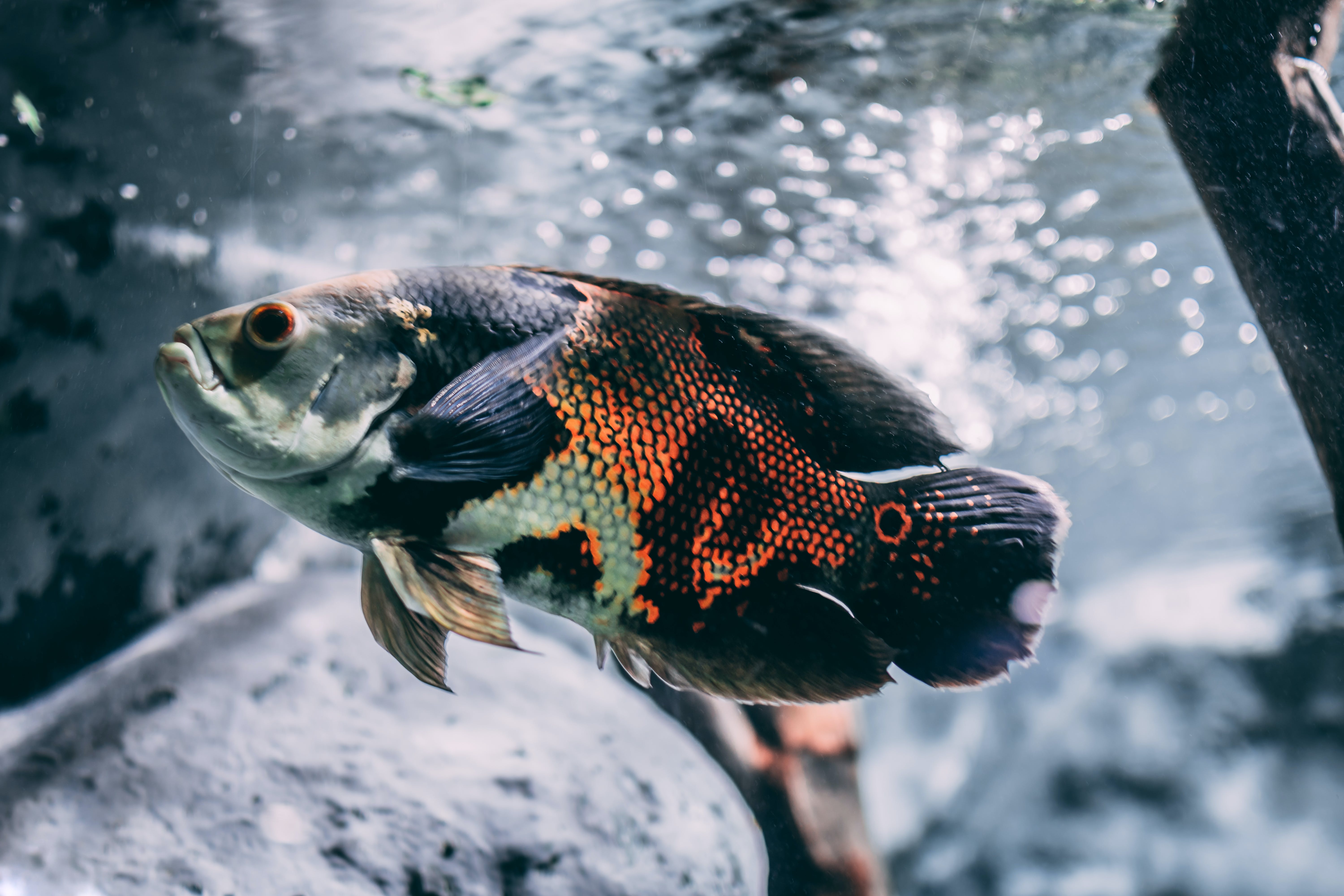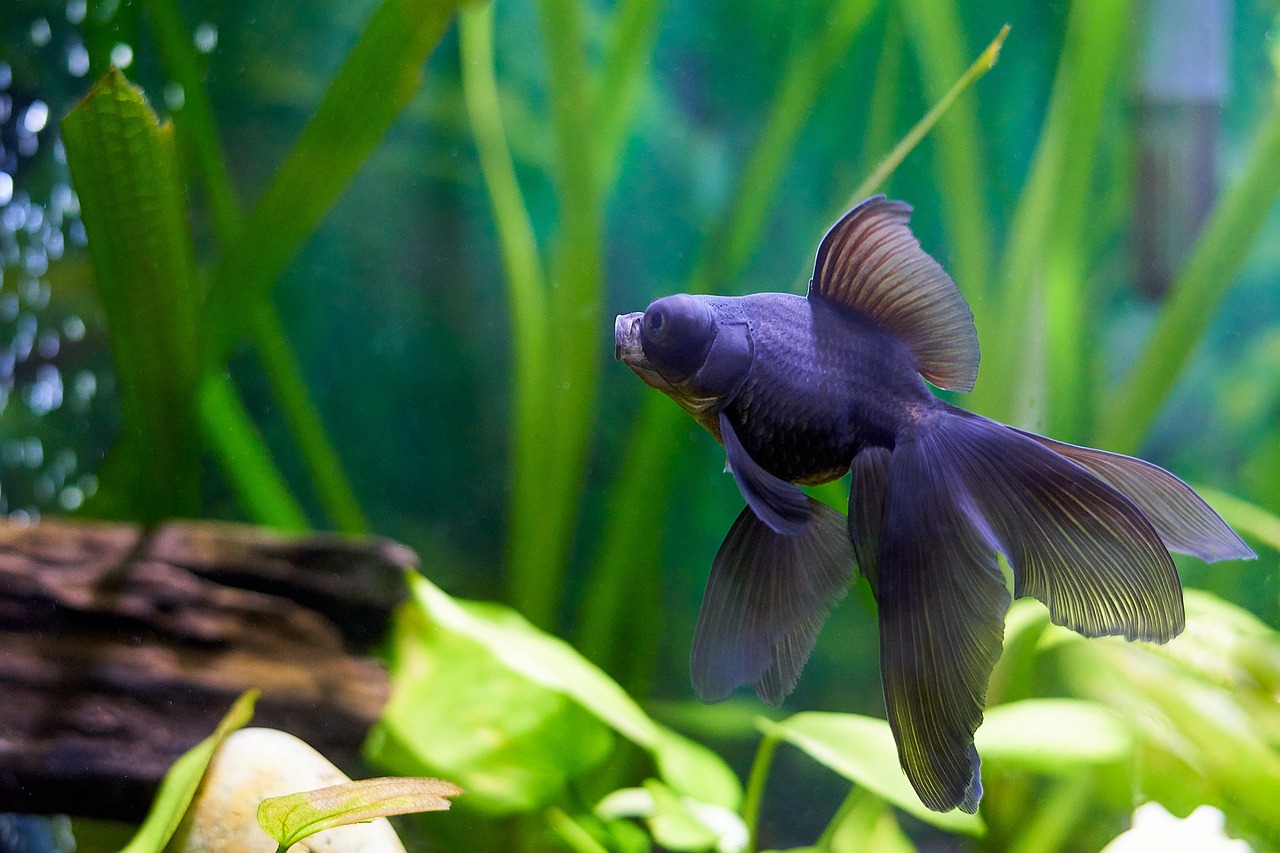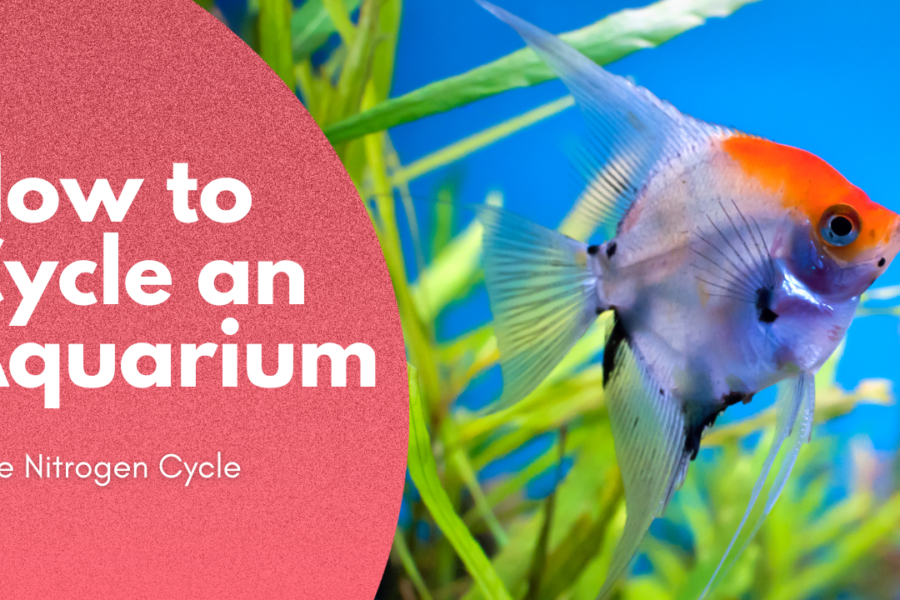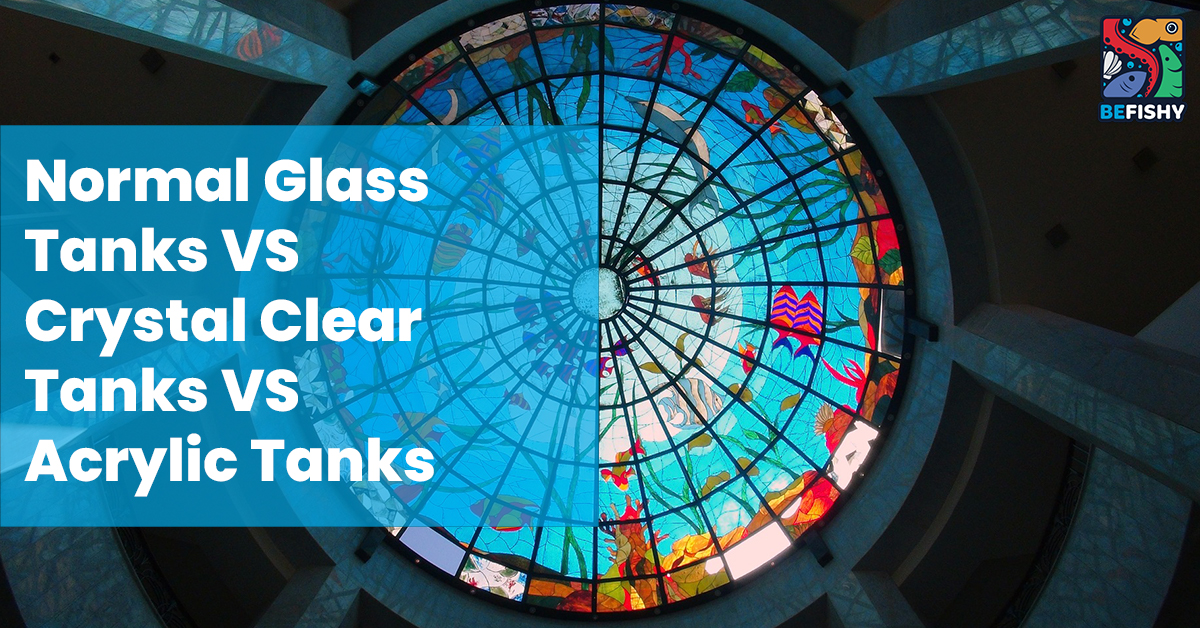Ever wonder what and why experienced fish keepers keep on mentioning water parameters but you have 0 idea on what it is? No worries! We’re here to help.
Keeping your aquarium’s water parameters within optimal ranges is important and crucial for the health of your aquarium inhabitants. In short, good water parameters = a thriving freshwater ecosystem!
Let’s look into some key, important freshwater water parameters and their ideal values :
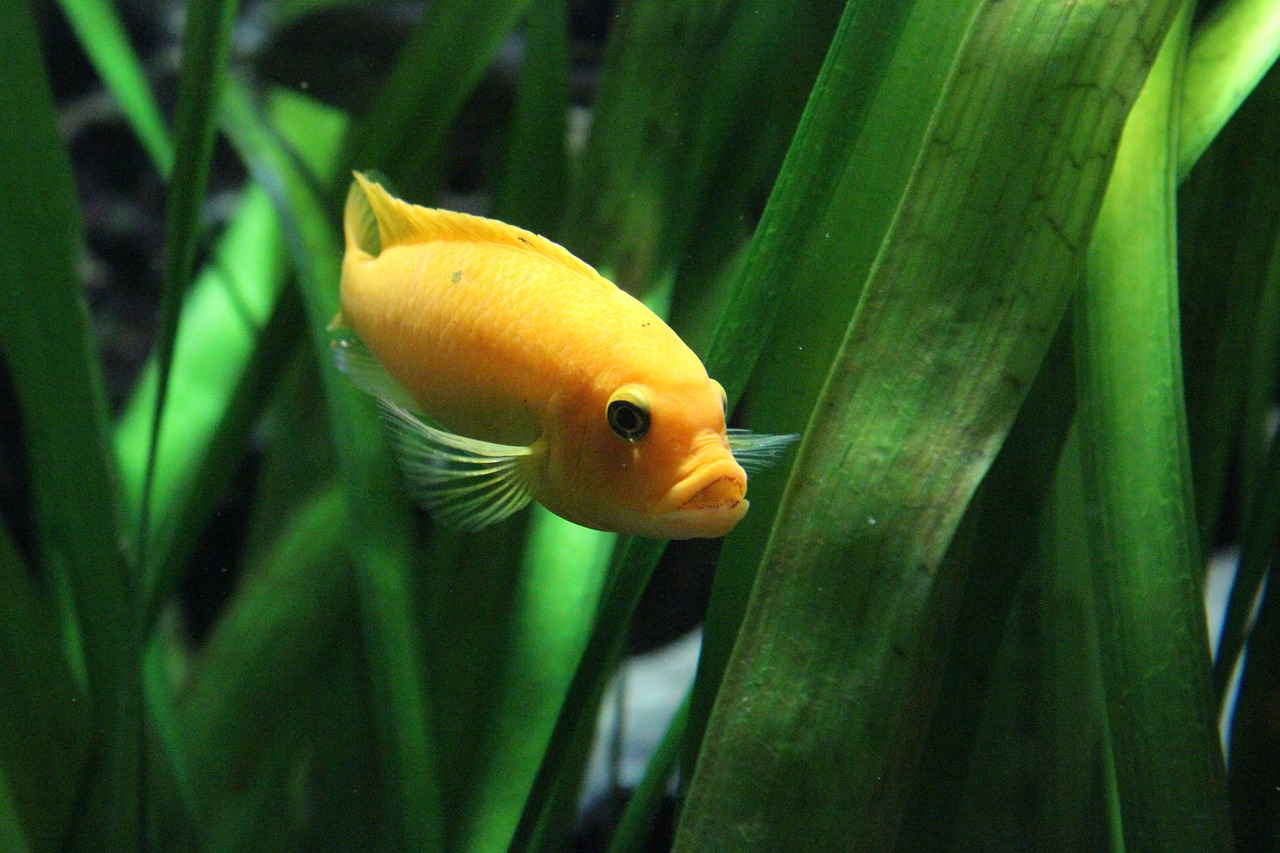
- Ammonia (NH3)
– Description: A toxic waste product produced by fish respiration and decomposition of organic matter.
– Ideal Value: ZERO. Ammonia is highly toxic to fish even in small amounts.
– Effect: Elevated ammonia levels can cause stress, rapid breathing, gasping at the surface, and even death.
2. Nitrite (NO2)
– Description: An intermediate product in the nitrogen cycle, where beneficial bacteria convert ammonia into less harmful nitrite.
– Ideal Value: ZERO. While less toxic than ammonia, nitrite can still harm fish, especially their gills.
– Effect: Elevated nitrite levels can cause difficulty breathing, decreased appetite, and lethargy.
- Nitrates (NO3)
– Description: The end product of the nitrogen cycle, converted from nitrite by other beneficial bacteria. It’s a source of nutrients for plants.
– Ideal Value: Generally, less than 20 ppm.
– Effect: While nitrate is less harmful than ammonia or nitrite, excessively high levels can affect fish health and promote algae growth.
- pH
– Description: Measures the acidity or alkalinity of the water on a scale of 0 (highly acidic) to 14 (highly alkaline), with 7 being neutral.
– Ideal Value: For most freshwater fish and plants, a pH between 6.5 and 8.0 is ideal. Some fish species have specific preferences, so please do research their pH requirements.
– Effect: Affects fish respiration, gill function, and overall health. Extremes in pH can be stressful or even lethal for fish.
- KH (carbonate hardness)
– Description: Measures the concentration of carbonate and bicarbonate ions in the water, which buffer pH fluctuations.
– Ideal Value: Varies depending on fish species. Generally, a KH between 4 dKH (degrees of KH) and 8 dKH is considered good for most community tanks.
– Effect: Stable KH helps maintain a stable pH, which is crucial for fish health.
- GH (general hardness)
– Description: Measures the total mineral content in the water, including calcium and magnesium.
– Ideal Value: Varies depending on fish species. Some fish prefer softer water (low GH), while others thrive in harder water (high GH).
– Effect: GH can affect fish breeding and overall well-being. Choose water hardness compatible with your specific fish.
- Temperature
– Description: The water temperature directly affects fish metabolism, activity level, and immune system function.
– Ideal Value: Varies depending on the fish species. Tropical fish typically thrive in a range of 78°F to 82°F (25°C to 28°C), while coldwater fish prefer temperatures between 60°F and 72°F (15°C to 22°C).
– Effect: Incorrect temperature can cause stress, disease susceptibility, and hinder breeding.

Now that we know what they are, how do we monitor and maintain these ranges?
– Water test kits : Water test kits are created to test your water parameters. Lucky for us, there are plenty of water parameter test kits, strips and instruments in the market today. These are especially crucial when you’re first starting out and am cycling your aquarium.
– As for temperature, aquarium heaters are great for increasing your temperature while chillers exist to cool down your aquariums.
– Water treatments and conditioners : If you’re looking to increase, decrease or stabilize your pH, GH and KH levels, fortunately there are products that may assist and help you in that department!
– Waterchange : Weekly waterchanges help to remove accumulated waste products and maintain stable water parameters. Simple yet effective!
That’s the basic rundown of water parameters just for you! May your aquariums thrive and happy fishkeeping!
